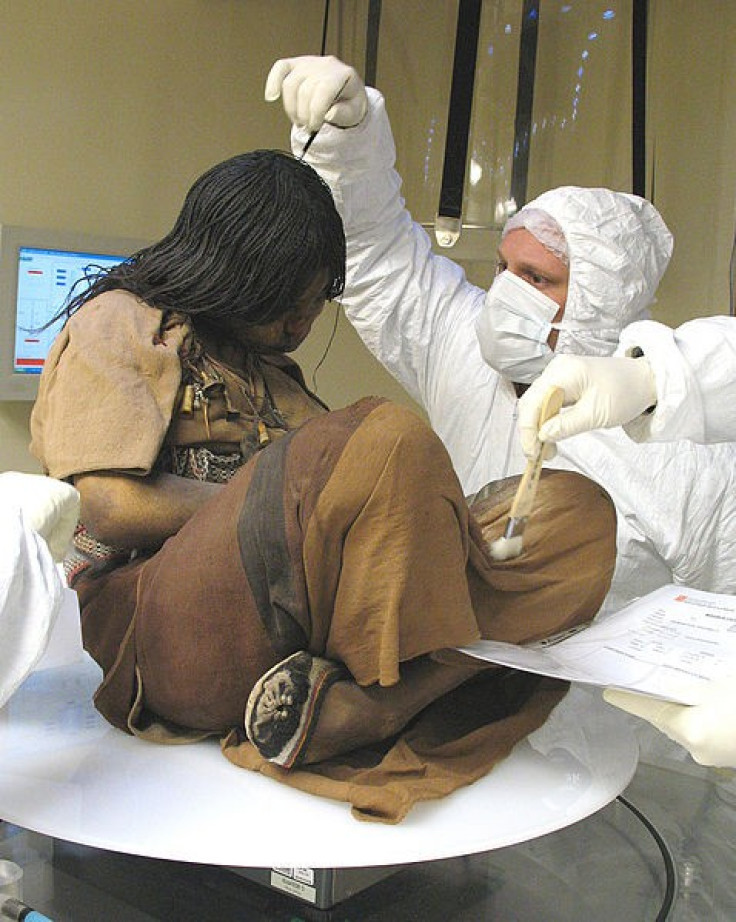New Finds on Inca Child Sacrifice Revealed: Victims Were Drugged Before Death

A latest study has shed new lights on Capacocha, the ritual of human sacrifice as a part of Inca Empire of South America in the pre-Columbian era.
The study, published in the 29 July edition of the Proceedings of the National Academy of Sciences (PNAS), reveals that children were drugged and given alcohol in weeks leading up to their deaths by sacrifice.
Scientists examined samples obtained directly from the scalp hair of three mummies, a 13-year-old girl and a girl and boy aged 4 to 5 years, found near the Andean summit of Volcán Llullaillaco in Argentina in 1999. The girl and the two children were left on the mountain top to die of cold as offerings to God.
The analysis showed that the elder child consumed more drug than the younger ones and the ingestion of coca and alcohol escalated in the lead-up to death, according to scientists.
"These data, combined with archaeological and radiological evidence, deepen our understanding of the circumstances and context of final placement on the mountain top. We argue that the individuals were treated differently according to their age, status, and ritual role," noted researchers from UK, US, Argentina, Denmark and National Geographic Society, who jointly did the study.
Child Sacrifices in Pre-Inca Times
Instances of human sacrifice are found in the pre-Inca times as well. In November 2011, a mass burial of 200 people including 44 children, who were sacrificed in the fourteenth century, was discovered at Sillustani archaeological site in Peru.
In September the same year, remains of 42 children, sacrificed in thirteenth century as a religious ritual of the pre-Inca Chimu culture, were excavated in the Peruvian fishing town of Huanchaquito, Trujillo. The culture's followers, called Chimor, worshipped the Moon and followed a practice of sacrificing their own children for the fertility of the ocean and the land.
In yet another archaeological discovery in 1977, about 200 skeletal remains belonging to the Chimu culture were unearthed on a Peruvian beach.
© Copyright IBTimes 2024. All rights reserved.






